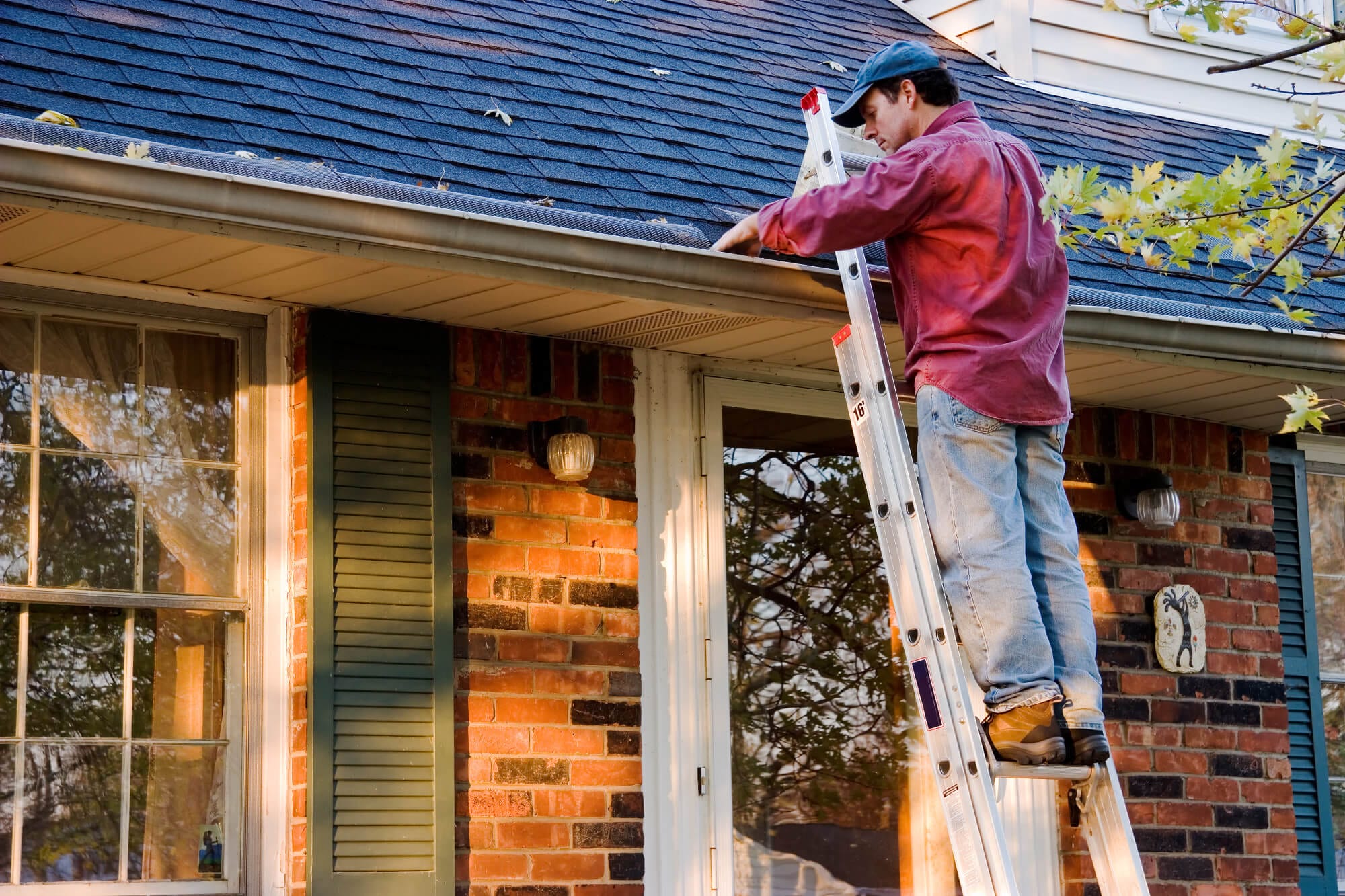There are types of damage and growth that can wreak havoc on a home as well as your family’s health. While it may seem like your home is properly insulated and protected from the elements, checking every winter is important to noticing problems at the root. Once a problem is visibly apparent, it can mean tens of thousands of dollars in damage.
Here are the most important steps in a new homeowner checklist to prepping your house for winter.
CHECK ON YOUR HVAC SYSTEM
Your HVAC system might have been installed before you moved in. If you installed it yourself, you can start counting down the years you have left with it from the day you get it running. However, this number will vary depending on the amount of care that you put into it.
A well-maintained HVAC system can last up to 20 years while one that goes unmaintained, could last 10 or less.
Before the weather turns, you should take the time to change filters and check everything you can on your HVAC system. For the best results, call and hire an HVAC contractor. The person who installed it might be the best person to ask questions about the system.
If you have a connected AC and heating unit, you’ll be using the same system all year long. If you shut down your AC for the winter while your heating picks up the slack, you’ll need to make sure that it’s ready to go once the seasons change.
Schedule this sooner rather than later. Not only are problems better-taken care of as soon as possible but later in the season, you’ll struggle to get someone scheduled. Also, the longer you wait, the more likely you’ll have to call them in an emergency and pay more than you normally would.
PROTECT WOOD
If you’re a new homeowner of a house with any wood trim on your exterior, it needs to be prepared for the winter. The elements can do a number on wood, with the swelling, drying, and cracking that comes with winter weather.
Wood on a deck needs to be pressure treated and rot-resistant. If the wood itself isn’t engineered for this, then you need to add a layer of store-bought treatment.
If there’s the wood trim around your exterior doors and windows, expect it to deteriorate quickly if it’s not protected. This wood is usually the first to rot and you’ll find that to be the case if you just look around at wood-built homes in your area.
Replacing trim is a huge cost and a pain that even the most well-trained professional can struggle with. Rather than having to replace it, call a professional to help you protect it now.
SEAL HARD SURFACES
Masonry, stone, and concrete outside of your home aren’t impervious to the weather. In fact, cold weather and dry winter air can make it more fragile than you’d think. If you have a concrete patio, walkway, or driveway, you need to make sure it’s protected.
Applying a concrete sealer can help to cover those outdoor concrete services. Concrete flatwork will eventually get cracked. That’s just a fact of the material but it doesn’t have to happen any sooner than necessary.
The best masons will add control joints in your concrete to ensure that this problem is minimized. Taking the time to inspect concrete and to fill in cracks is an important step before you apply sealer. Cracks often occur when water leaks into those porous regions and then freezes, expanding and hardening, and even collecting more water to grow.
Asphalt driveways should be resealed fairly often. Sealing companies can drop in and make short work of your driveway to keep it from cracking. You can even buy sealer and roll it on yourself, although this is an arduous process for a busy homeowner.
CHECK DRAINAGE AND GUTTERS
The areas where water and debris collect can be a headache both in the winter and in the thaw that follows. Checking the drainage areas and your gutters is a must for any homeowner.
Take a look at the soil around your foundation. If it’s settled, creating pools of water around your foundation, you could be in for some trouble. Low spots around your foundation must be filled in.
Check the gutter downspouts where the water runs off of your roof. It’s vital to get water off of your roof but you also need to keep it out of your gutter. Downspout extenders can be a lifesaver.
The saturated soil around your foundation can be a real issue when it freezes and thaws, causing cracks.
If you don’t have drainage problems, be sure you don’t instead have gutter problems. You might not see water coming off of your downspout because you don’t get water off of your roof because of clogged gutters.
Gutters can collect all the leaves off of trees as well as any debris that blows up there. When water overflows, it begins the deterioration of the exterior of your home. Water infiltration through your roof can cause tens of thousands of dollars in damage.
YOUR NEW HOMEOWNER CHECKLIST MAY VARY
While the material differences between homes can cause a new homeowner checklist to vary, they will all cover the same issues. Keeping your home insulated from the elements, from cold air, and especially water damage, are essential to keeping your home valuable. The more time you put into preparation, the less money you’ll spend.
If you’re considering selling your house this winter, check out our guide for the best reasons why.
